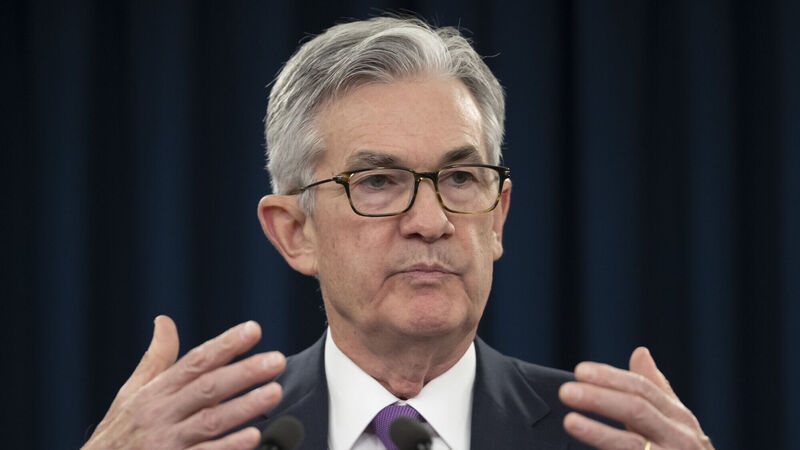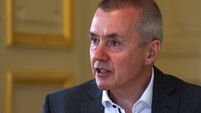The end of easy money for markets

US Federal Reserve chairman Jerome Powell has provided a path for aggressive interest rate increases.
The outcome of the policy meetings held by three of the world’s main central banks last week was a distinct move towards tighter monetary conditions to a greater degree than had been expected.
The US Federal Reserve, as it had signalled, will wind down its bond-buying programme at a much more rapid pace in the next couple of months and bring it to a conclusion by March. This will pave the way for it to begin raising rates by early summer.
The Fed has provided an indicative path for interest rate increases that is quite aggressive, with three 25 basis points hikes signalled for 2022 and 2023 and two more in 2024, taking the funds rate to 2.125%. This is far more than the market has priced in. Futures contracts see US rates getting to a 1.5% to 1.625% range by the end of 2024. Meanwhile, the Bank of England surprised markets in hiking rates by 15 basis points to 0.25% last week. Lastly, the ECB came with a bigger rundown plan for its asset purchases than had been anticipated.
These decisions were all taken against the backdrop of a rising threat to global growth prospects in 2022 from the new variant of Covid-19, Omicron that is proving highly transmissible. This is forcing countries to reimpose restrictions curtailing economic activity as case numbers soar. Thus, central banks are not taking lightly, the decisions to withdraw monetary stimulus.
However, they are becoming increasingly concerned that the sharp rise in inflation this year is proving both more aggressive and persistent than had been anticipated, as evidenced in their latest forecasts. The Fed now sees the core US inflation rate rising to 4.4% in this quarter compared to 3.7% previously, while remaining well above its 2% target, at 2.7%, at the end of 2022.
Meanwhile, the Bank of England, which only last month saw inflation topping out at around 5% in the spring, now sees the consumer price index rate hitting 6%. Finally, the ECB is now forecasting that inflation will average 3.2% next year, almost double the previous forecast of 1.7% made in September.
However, markets largely took last week’s central bank announcements in their stride, with little fallout for equities, bonds or currencies. Stock- markets remain at elevated levels, while bond yields are close to historic lows. They may be taking a more benign view of the inflation outlook than central banks and thus believe monetary tightening will prove limited.
Monetary authorities, though, are clearly worried that there is a risk of high inflation becoming embedded in economies, with labour markets tightening rapidly and wages picking up. In addition, demand is exceeding output capacity amid a large build-up of savings, but ongoing disruptions to production and supply chains. Inflation risks, then, certainly lie to the upside.
Official interest rates are now starting to rise, but the wind-down of large scale quantitave easing bond-buying programmes is equally important. These have injected an enormous amount of liquidity into markets over the past two years. However, we are beginning to see bouts of greater volatility and less liquidity in financial markets in recent weeks. These episodes could become more pronounced in the context of a tightening of global monetary conditions.
Overall then, a challenging year could lie in store for financial markets in 2022.
- Oliver Mangan is chief economist with AIB










